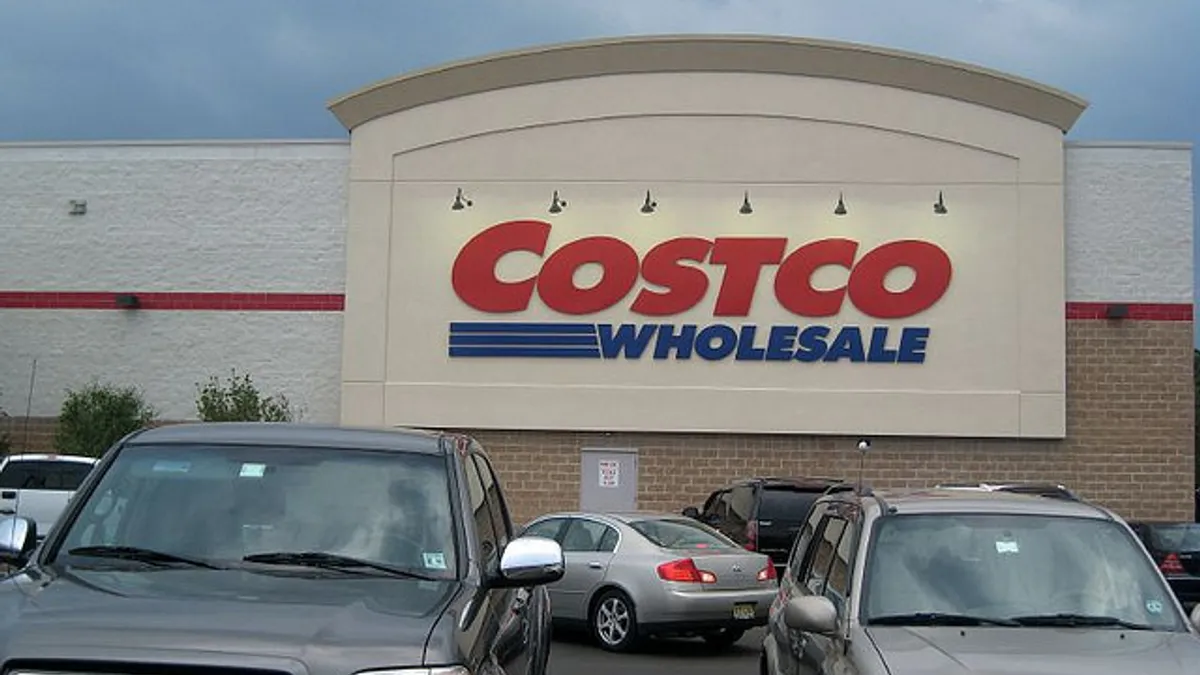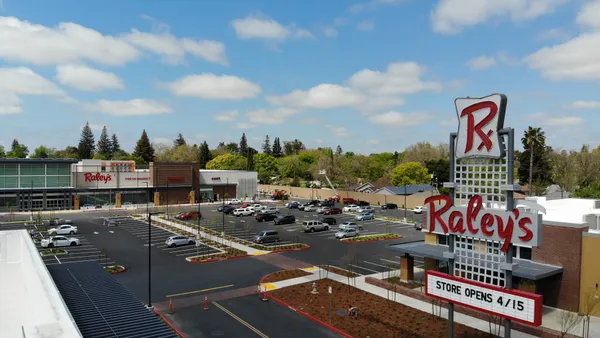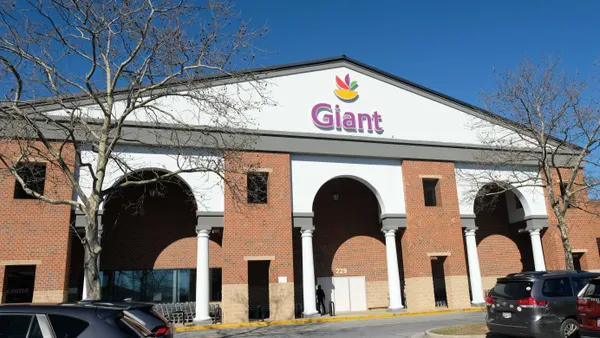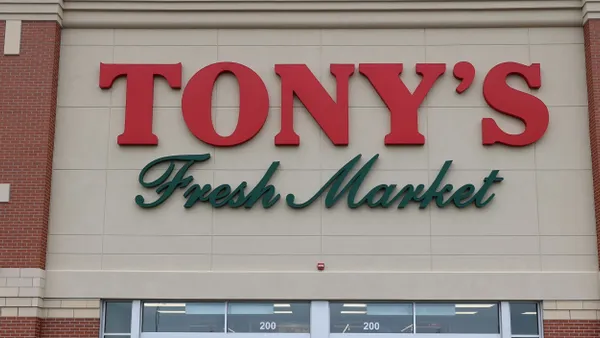Dive Brief:
- Costco reported last month that its comp sales increased 8.3% year-over-year (6.6% excluding gas sales), with total sales rising 10.1% from the same time in 2017.
- According to CNN Money, Costco has thrived in the facing of growing competition by doing what has worked for decades: watching expenses and using its membership fees to offer better prices. Costco generates three-quarters of its profits from annual subscription fees. The wholesaler has 93 million members, and approximately 90% of them renew each year.
- While other retailers are taking drastic measures to stay competitive with Amazon and other competitors, Costco is sticking with its core offerings: low prices, fresh food, gas and an in-store experience that is hard to replicate online.
Dive Insight:
Costco and Amazon may both be retail giants, but each has different areas of expertise. They share a few characteristics: low prices, loyal shoppers and a myriad of offerings, but Amazon’s presence has not made much of a wave for Costco despite early predictions that it would be a major disruptor following its purchase of Whole Foods last year.
Costco’s biggest edge is that it is experience driven. People go to Costco knowing it will be an event. Families can enjoy samples and take their time perusing everything from books to patio furniture to electronics before hitting the grocery aisles for boxes of cereal, beer, bread, spices, sauces, among countless other options. Since most Costco shoppers intend to purchase in bulk, the immediacy of the transaction also is a benefit. A person can make a similar purchase through Amazon, but consumers may not want to deal with that much packaging or wait for delivery — even if it’s relatively quick.
Another advantage Costco has over Amazon is the range of grocery offerings it can provide, including specialty items. Costco has an extensive alcohol selection, a large meat and seafood department, an on-site bakery and a range of freshly prepared meals. It also has discount gas stations and food courts that adapt to customer tastes and trends. Costco is ultimately a bit of a retail wonderland.
Despite Costco’s auxiliary items, CNN Money estimates that 93% of Costco members shop there specifically for groceries. Contrast that with 18% of people who use Amazon to stock up on food, and it is understandable why more than half of Costco shoppers are willing to pay for an Amazon membership, too. While this is not necessarily a threat to Costco, it may keep the company on its toes when it comes to departments other than grocery.
Costco’s house brand, Kirkland Signature, covers a wide range of products: food and beverage offerings include frozen pizza, hummus, wine and coffee. Costco also acknowledges customer trends and preferences, carrying popular organic brands, trendy food items, grass-fed beef, wild-caught salmon and plenty of vegan and vegetarian foods.
Despite a decidedly old school approach, e-commerce is an area that Costco if focusing more of its attention on.
Despite an initial reluctance to build out its online shopping capabilities, Costco has since introduced CostcoGrocery, a service that will offer two-day delivery on shelf-stable products ordered through its website with free shipping for orders over $75. It also has a partnership with Instacart that was expanded last year to include more locations and a wider selection of fresh items like meat, eggs and produce. It's dabbled in the meal kit space, too, following its recent decision to partner with Blue Apron to sell meal kits in Costco stores.
Costco seems well positioned for the future as it strengthens its already strong in-store presence and lays the groundwork for a meaningful involvement in e-commerce, but with Amazon, Walmart and other competitors moving at lightning speed, the wholesale giant can't afford to let up.













